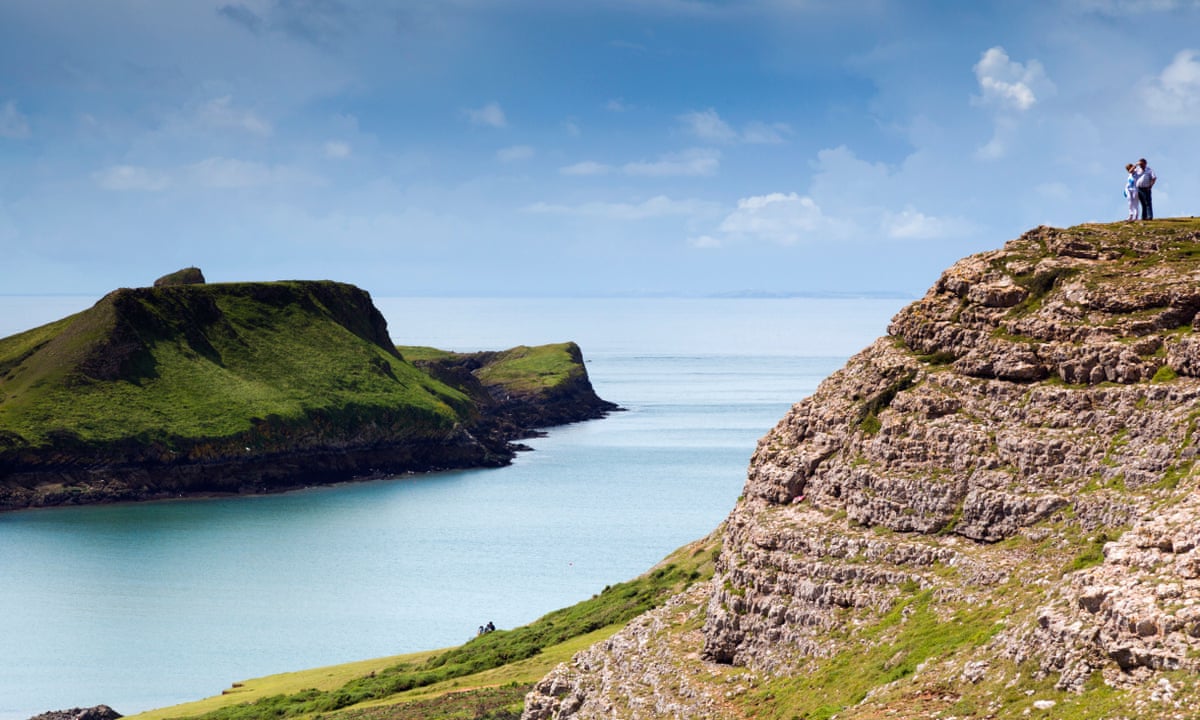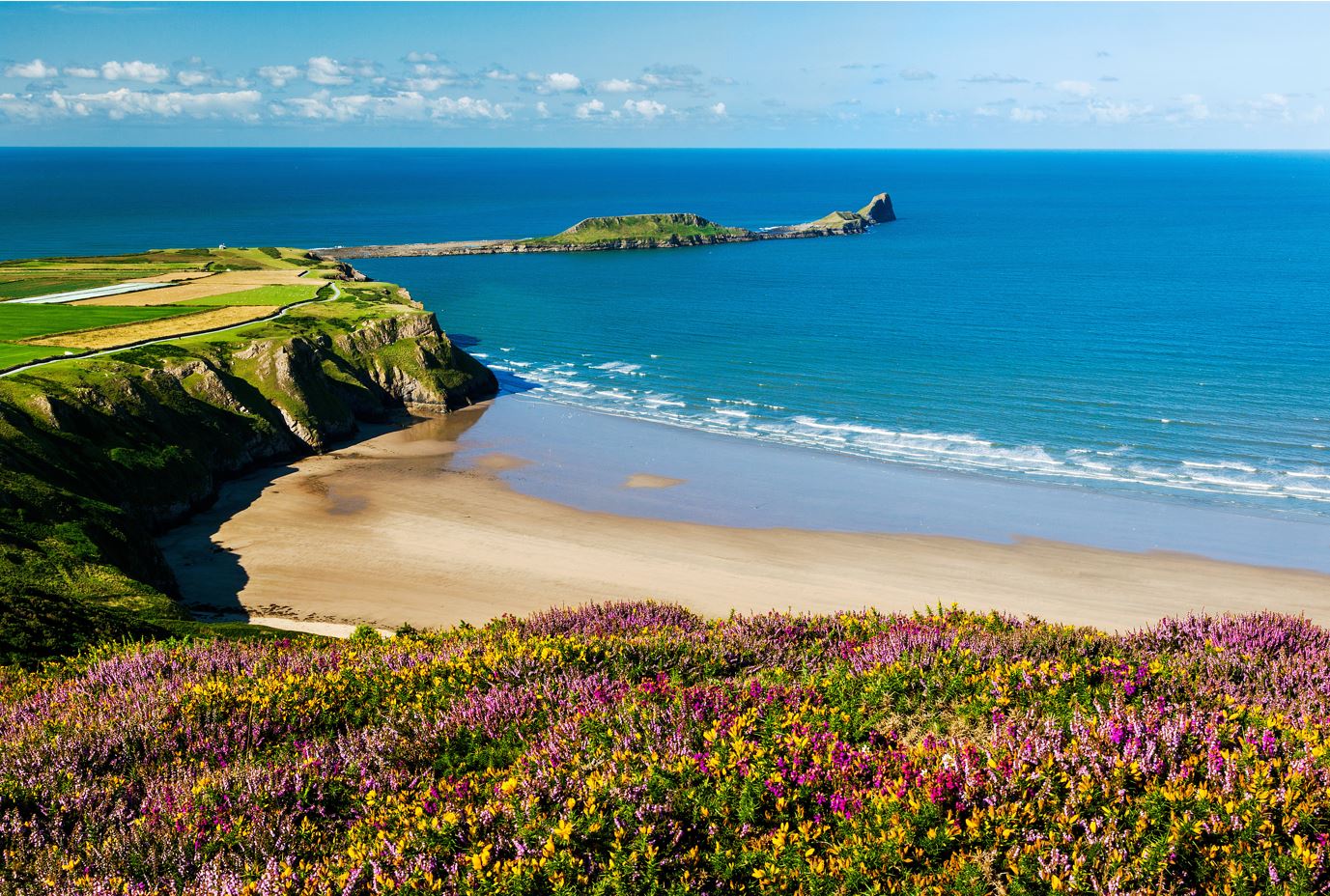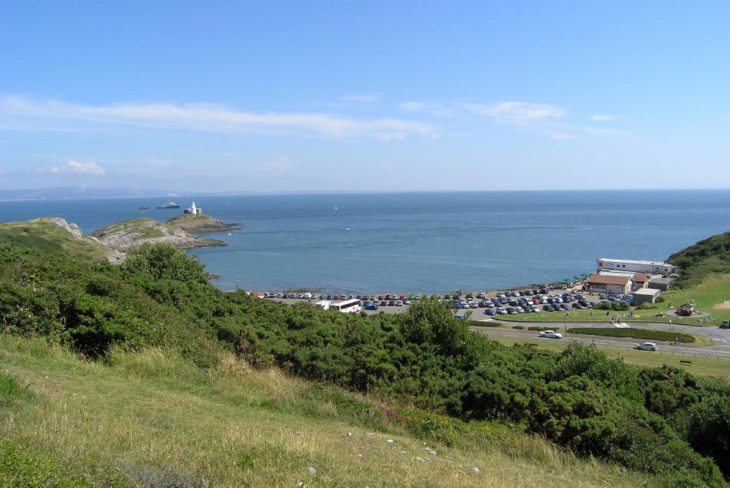The Gower Peninsula is a beautiful and diverse area in South West Wales, and the first place in the UK to be designated as an Area of Outstanding Natural Beauty.
It has something for everyone, whether you are looking for stunning beaches, scenic walks, historic castles, or wildlife encounters.
Here are some interesting facts about the Gower Peninsula that you might want to know before you visit:
It has something for everyone, whether you are looking for stunning beaches, scenic walks, historic castles, or wildlife encounters.
Here are some interesting facts about the Gower Peninsula that you might want to know before you visit:



